Comprehensive Growing Guides
Master plant cultivation quickly with our comprehensive growing guides! From seed selection and germination to nutrient management and pest control, our detailed guides cover every stage of plant growth. Also, be sure to check out: News and Grow Room Set Up.
What Nutrients are Required For Growing Plants?


November 26, 2024
What Nutrients are Required For Growing Plants?
Plant cultivation is a difficult procedure that needs a range of nutrients to produce a good...
How Far Should LED Grow Lights Be from Plants? (2024 version)


October 8, 2024
How Far Should LED Grow Lights Be from Plants? (2024 version)
The ideal LED grow light distance from plant varies by plant grow stages and the...
HPS vs LED Grow Light: Which One Should You Choose
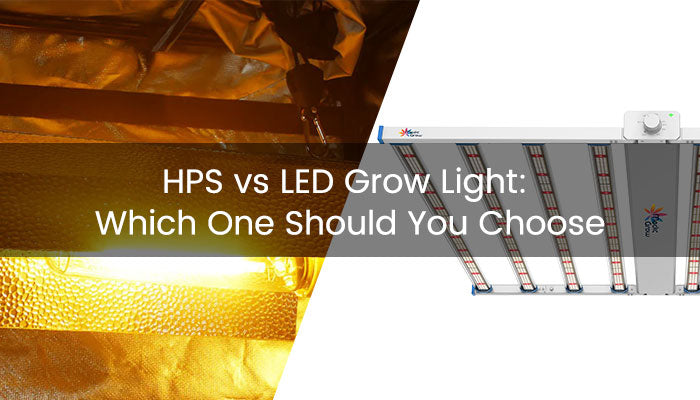

October 8, 2024
HPS vs LED Grow Light: Which One Should You Choose
Looking for an answer to the long debate of HPS vs LED? We have discussed...
What is Light Burn: How to Fix it? 2024 Update
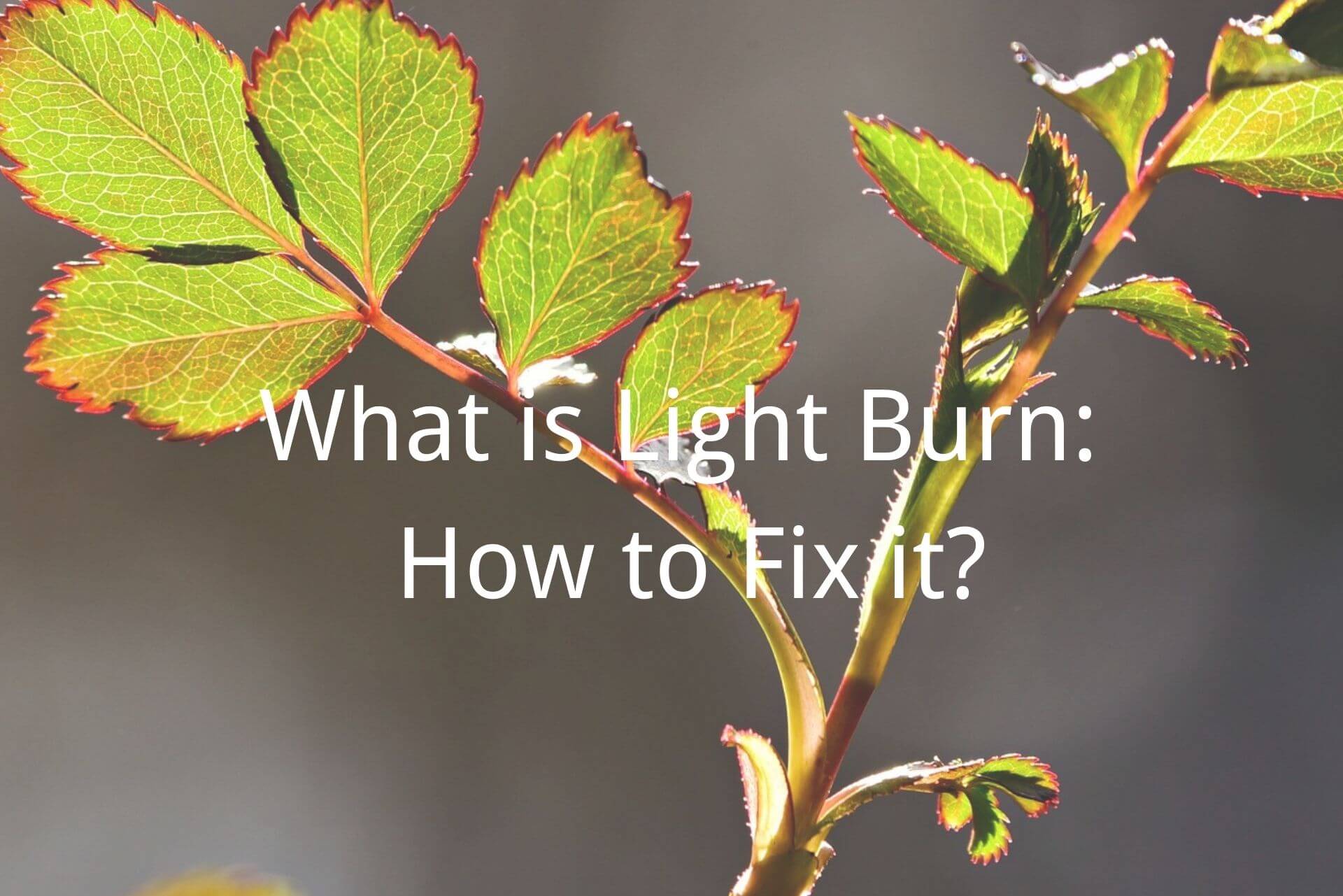

October 8, 2024
What is Light Burn: How to Fix it? 2024 Update
Light burn is a serious issue with indoor plants. If you are looking for its...
Learn About the Importance of Air Circulation for Indoor Plants
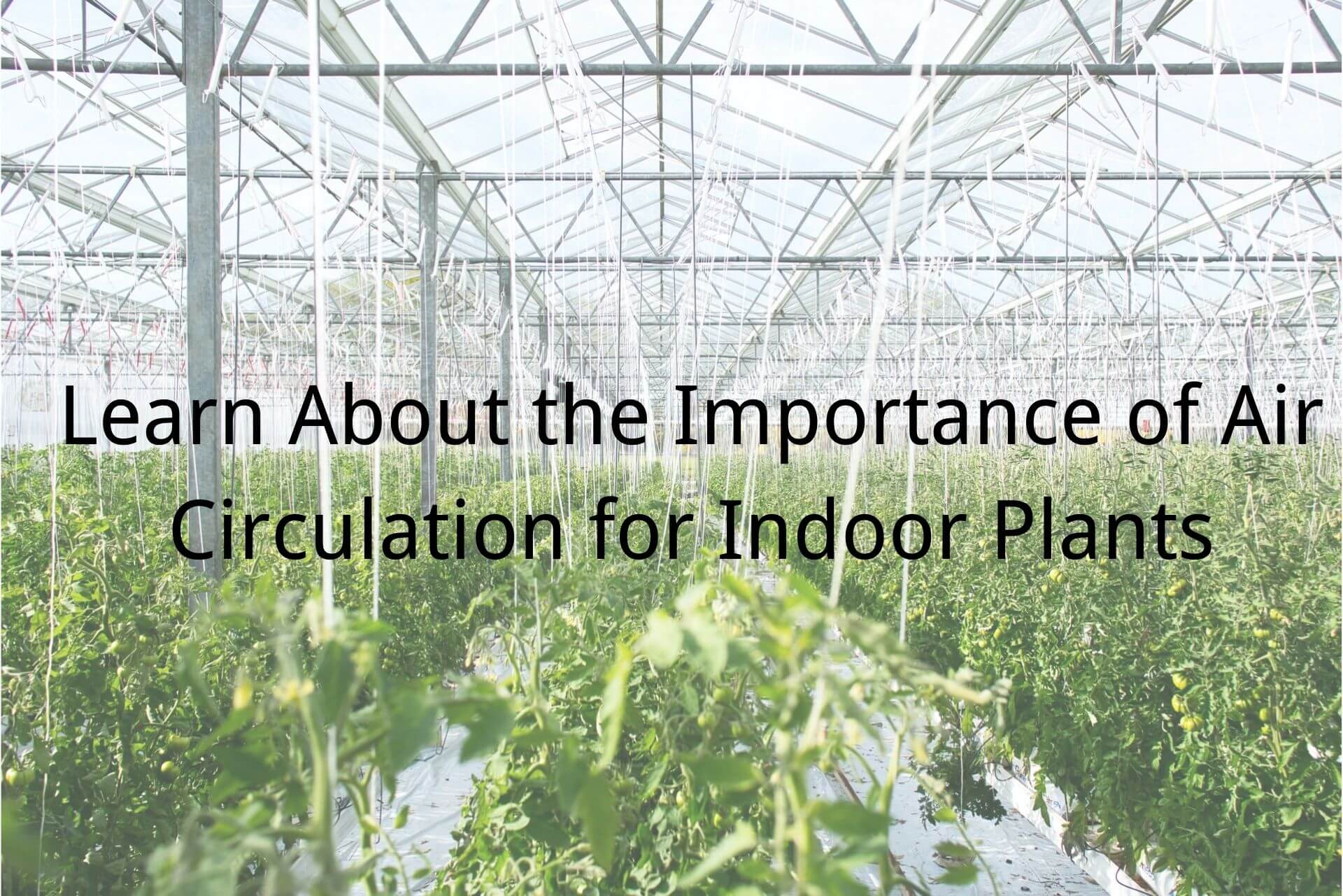

October 8, 2024
Learn About the Importance of Air Circulation for Indoor Plants
Air circulation is one of the most necessary aspects of indoor gardening. Learn all about...
How Much Does It Cost to Grow Cannabis?
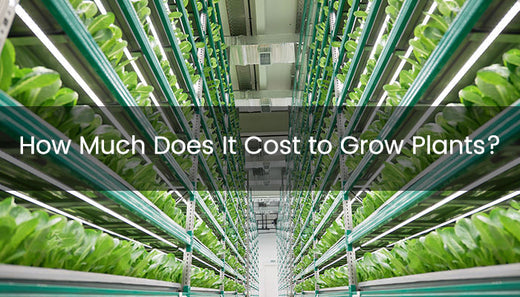

October 6, 2024
How Much Does It Cost to Grow Cannabis?
The cost of growing green herb involves several factors, including equipment like grow lights, air circulation...
Determining Female Seeds: Important Clues to Spot
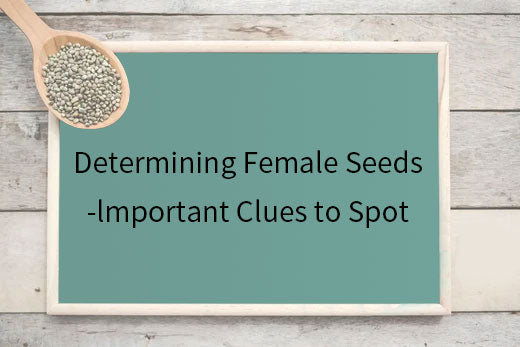

October 6, 2024
Determining Female Seeds: Important Clues to Spot
Learn how to identify female green herb seeds for successful indoor farming with the help...
What You Should Know About the Green Herb Light Burn
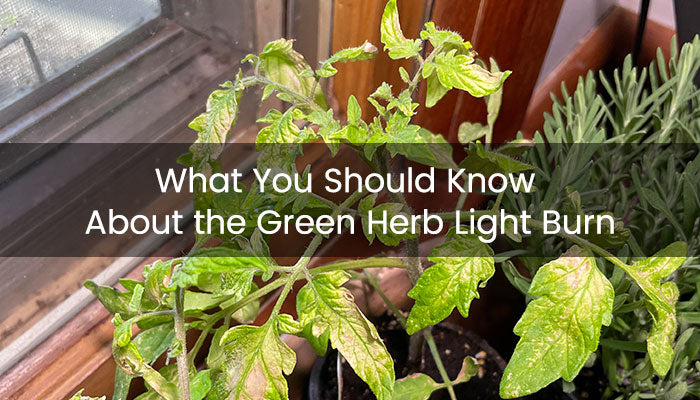

October 5, 2024
What You Should Know About the Green Herb Light Burn
Too much exposure to intense light can lead to plant light burn. This situation can...
Things You Should Know About Growing Plants in Winter 2024
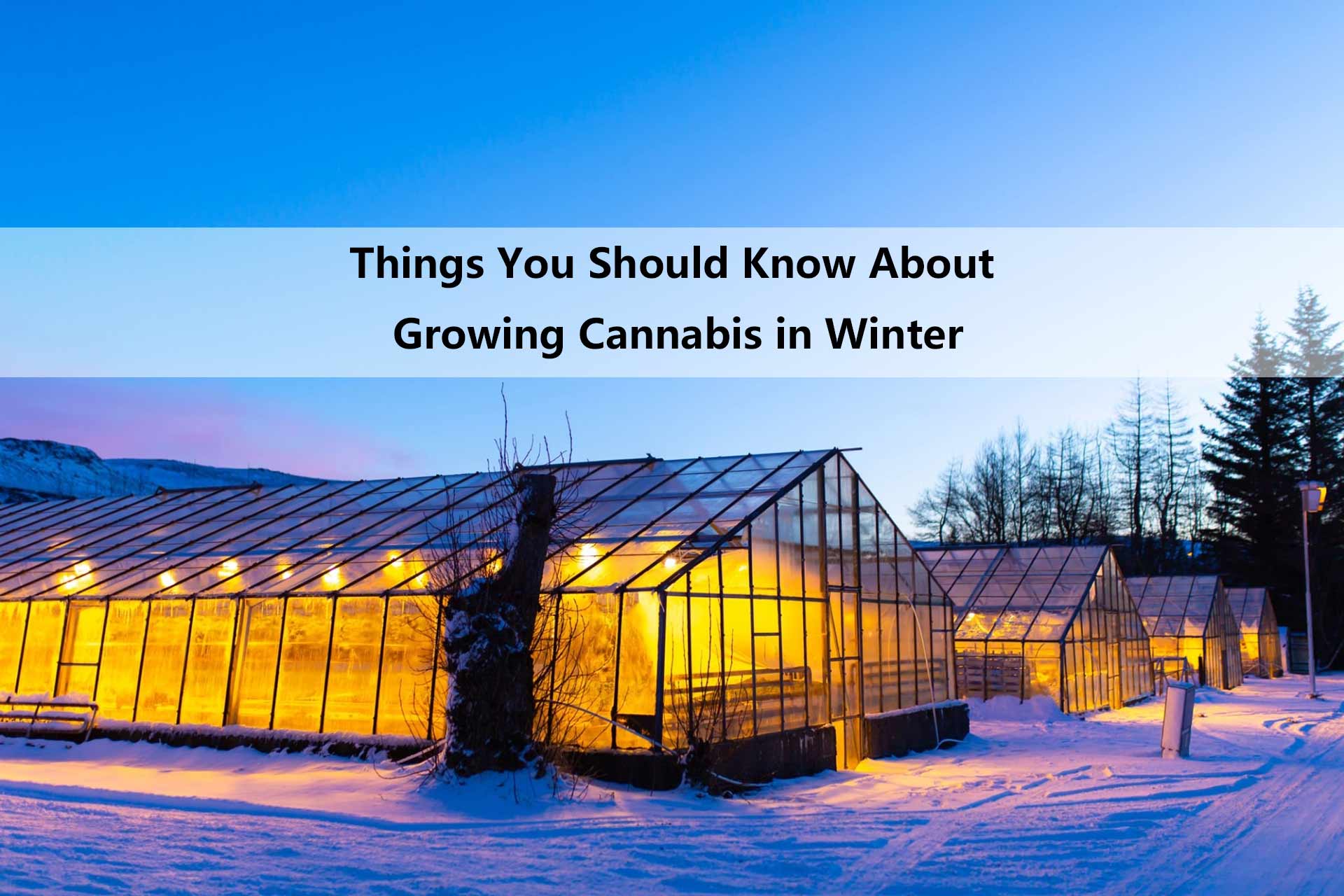

October 5, 2024
Things You Should Know About Growing Plants in Winter 2024
Many producers believe it is hard to grow plants in the winter because it is too...
How to Prevent Pests in Grow Room While Growing Green Herb?
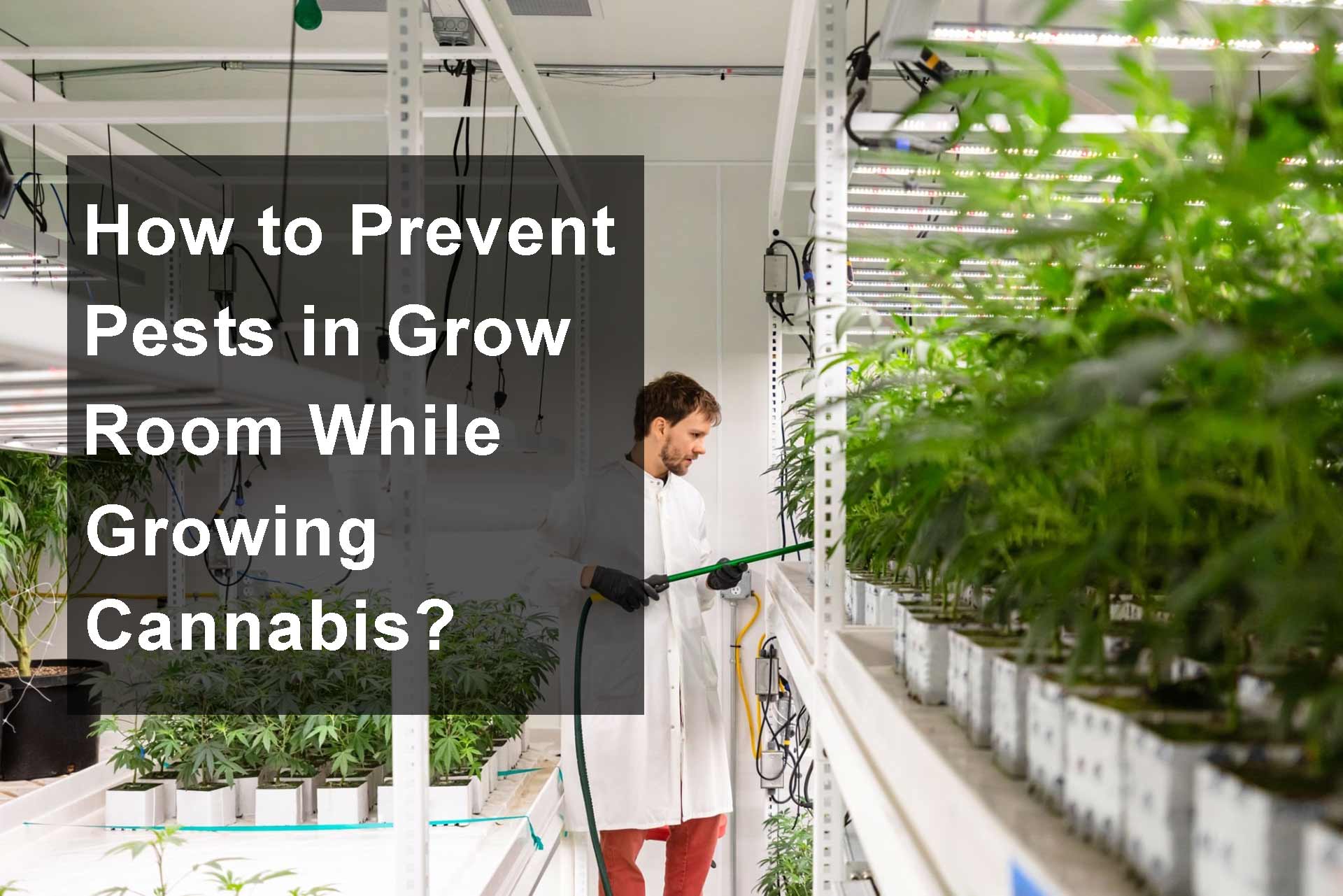

October 5, 2024
How to Prevent Pests in Grow Room While Growing Green Herb?
Plants cultivation can be a joyful and gratifying activity, but it also presents a unique set...
Optimal Height for LED Grow Lights Above Plants
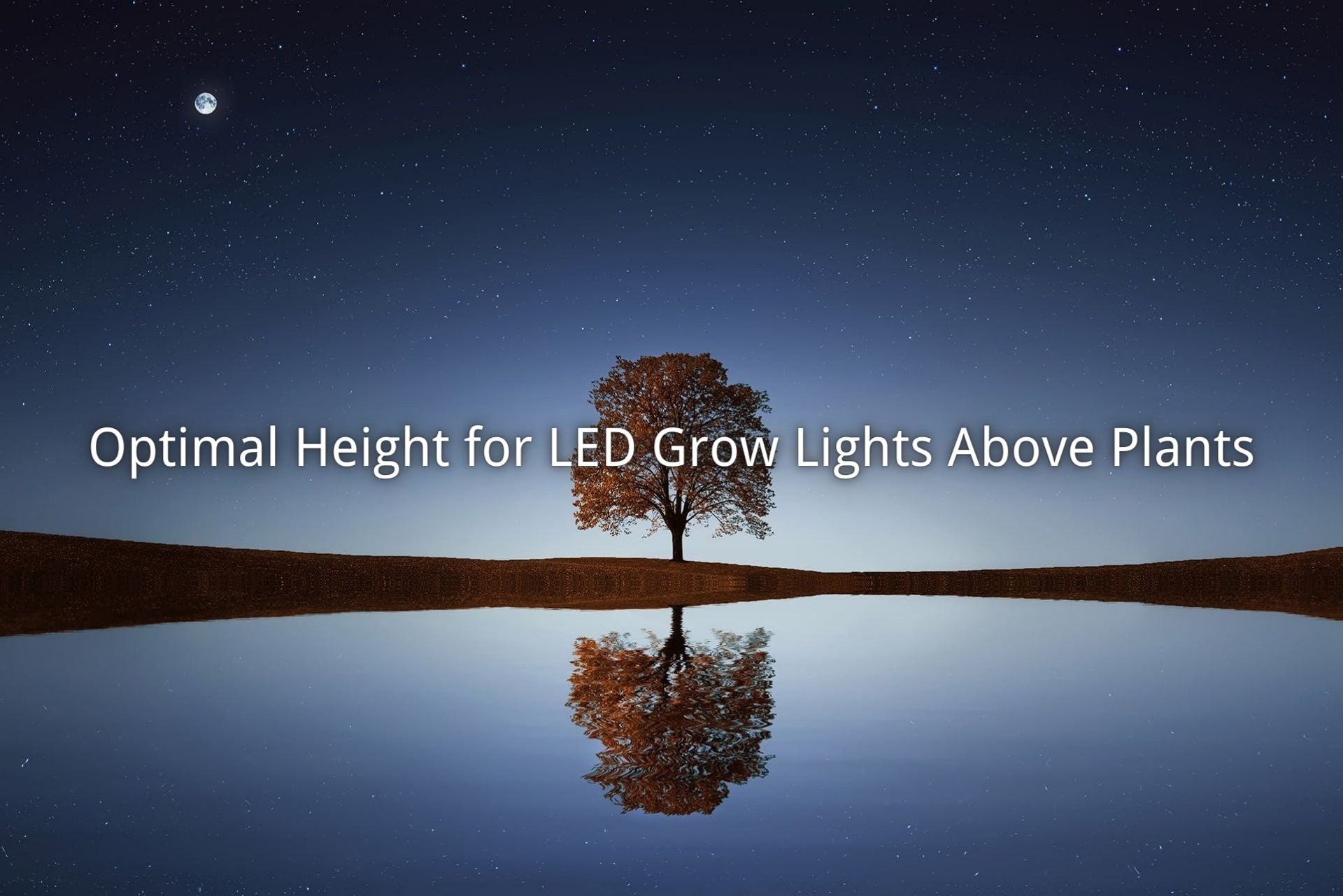

December 21, 2023
Optimal Height for LED Grow Lights Above Plants
Explore the best LED grow light height for indoor farming. Discover hanging distances for plants...
Photosynthesis: Inputs vs. Outputs
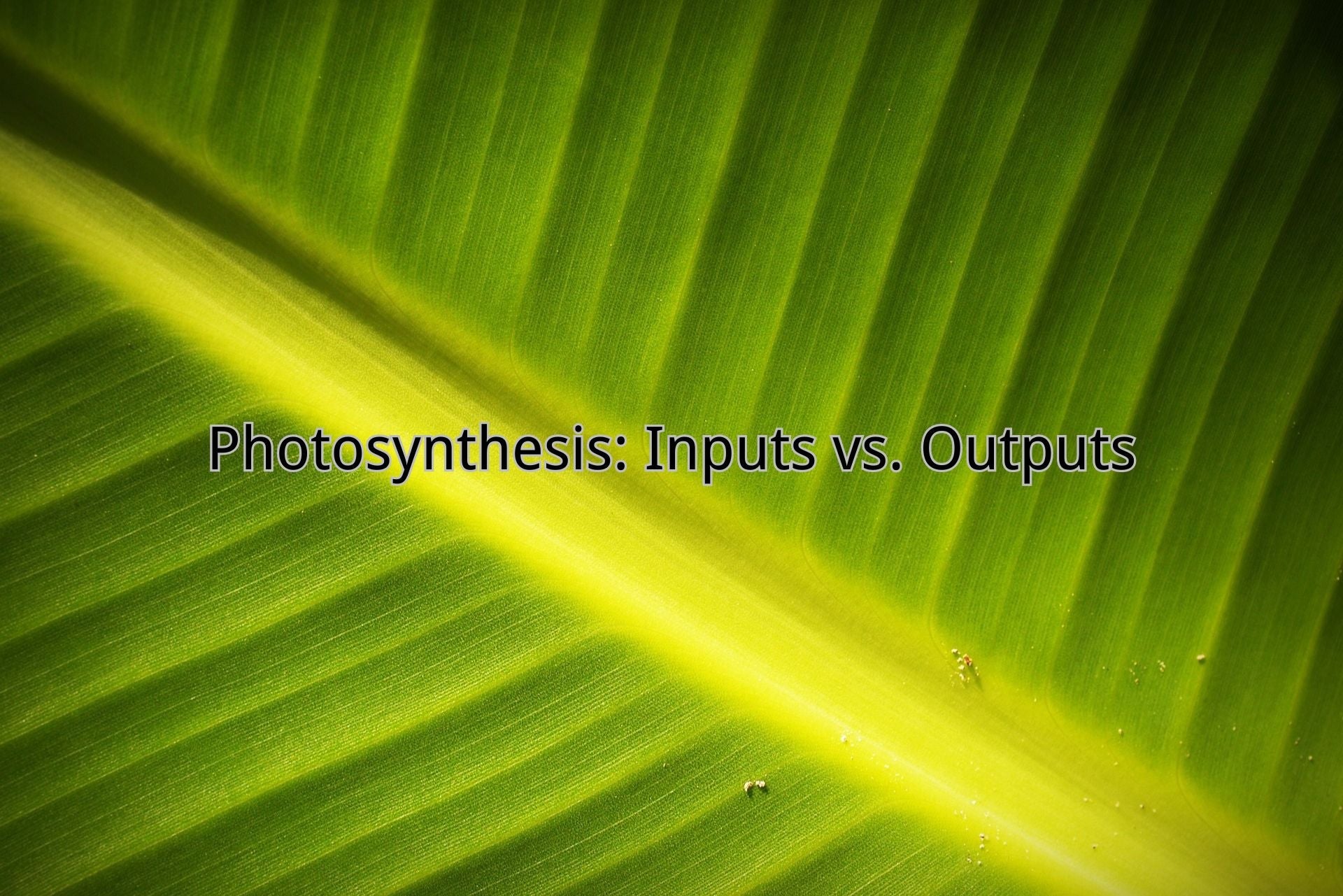

November 16, 2023
Photosynthesis: Inputs vs. Outputs
Discover the core of photosynthesis! Explore the key components that fuel this process and the...
- Choosing a selection results in a full page refresh.
!













